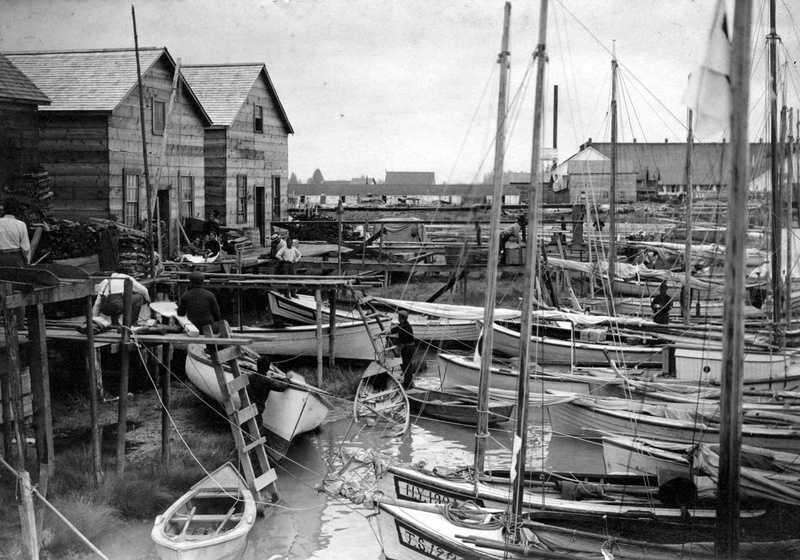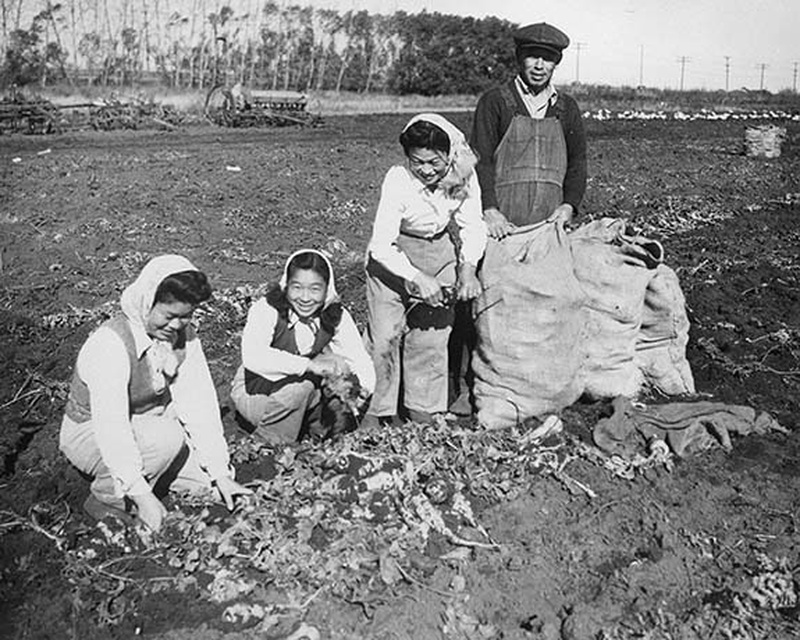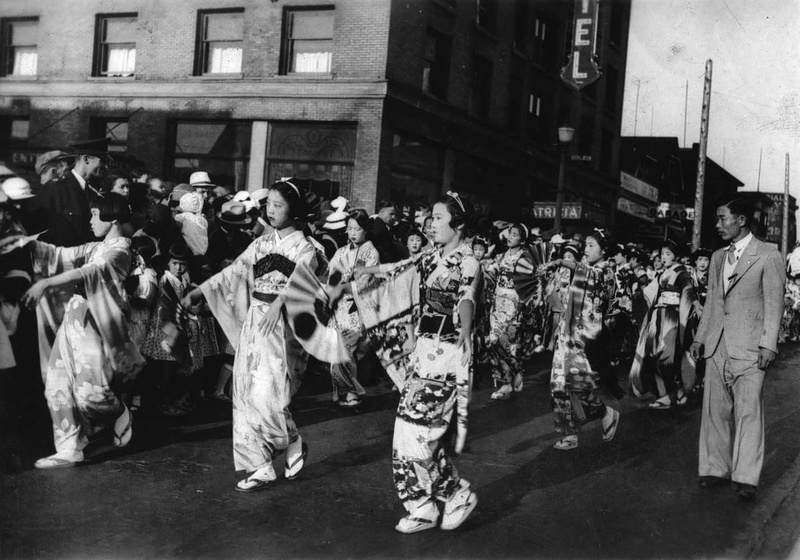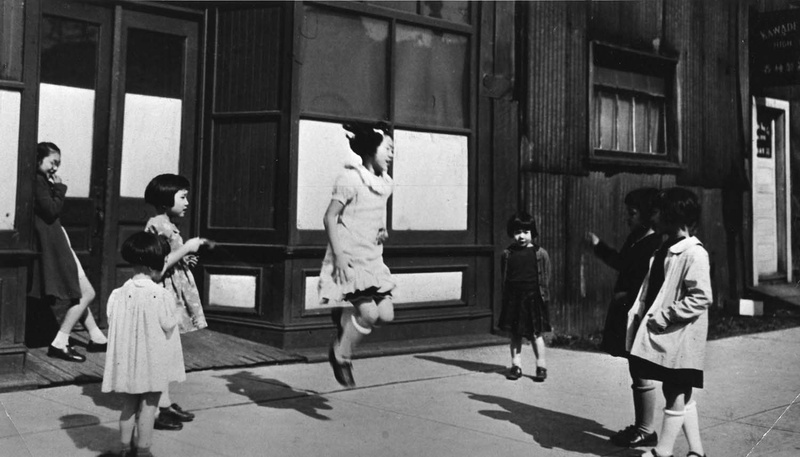Having grown up Sansei in Ontario, I have often wondered if the World War Two internment experience is truly behind our families or if there is still unfinished business?
Perhaps the most significant contrast between the Japanese Canadian and American internment experiences is that the US government did not sell off the farms, properties, and businesses of their internees while ours did. My own family, the Ibukis, owned a farm in Strawberry Hill, BC, that the government sold without asking for permission. It wasn’t until I began working on this interview that I was directed to the National Archives in Ottawa about getting documents and pictures that are housed there.
Thanks to Mike Abe, a member of the Landscapes of Injustice team at the University of Victoria, British Columbia, I recently learned about the sale of “Enemy Alien” property like my grandfather’s 10.02-acre farm. Although the archivist there wasn’t much help, Mike was able to locate a Bird Commission file about my grandfather, Masaji Ibuki, who in 1948 challenged the government’s assessed value of his personal property and farm. I took some pride in the courage he showed. Reading the nine-page transcript was a moving experience. I learned a lot about my grandfather’s character, the farm (a map was included), and his treasured short/long wave radio that he paid $175 for in 1935.
Questions for me arose like: who was the Mr. J.B. Fisher who he entrusted his personal property to and what was their relationship? I want to hear these stories too.
During that hearing, the federal government’s solicitor, F.M. Ferg, Esq. stated: “It is submitted, Your Honour, that the real property sold at fair market value and that the goods claimed, not accounted for, the price claimed is unfair, excessive and unreasonable.” Period.
My grandfather was challenging the Custodian’s assessment of his personal property that it valued at $96. Granddad said was worth $313.50. Adding this amount to the “real property” value of that farm, the total claim made to the “Japanese Property Claims Commission” (Sub-commission) (Case 904) on September 14, 1948, was for
$2,650.50. Winnipeg lawyer, S.M.Cherniak, Esq., a good friend of the Nikkei, represented my grandfather.
A Nisei friend recently confided that his wife’s family received a cheque for $60 for both their home and personal belongings. “Our fathers’ properties were sold off early and received their cheque while still in internment camps without any say at all,” he said. “The government sure made a lot of money at everybody’s expense!”
While it is impossible for Nikkei born after World War Two to feel the pain of losing the hard earned property like our grandparents and great-grandparents did, I squirmed uncomfortably as I read every word of the court transcript, picturing my grandfather (who I only knew as a young boy in Toronto) standing stoically in the Winnipeg courtroom (the family worked on a sugar beet farm) facing the government lawyer who refused to acknowledge any wrongdoing on Canada’s part for the sale of his life’s work without his permission. This singular act, of course, wiped out the most important reason why most Nikkei would ever want to return to BC: That it was home.
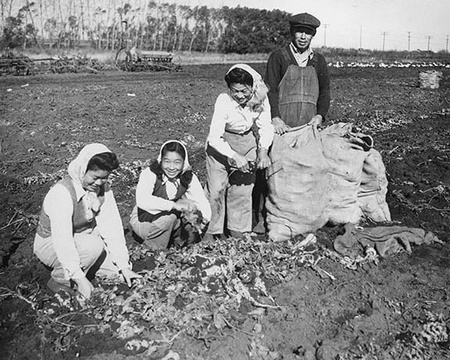
* * * * *
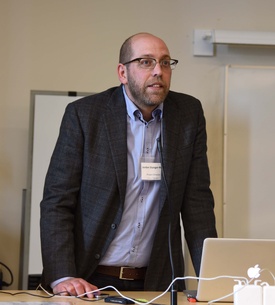
The Landscapes of Injustice project led by Dr. Jordan Ross-Stanger, professor of history at the University of Victoria, British Columbia, is a seven-year, multi-partner research project exploring the forced dispossession of Japanese Canadians during the Second World War. The project is being led by researchers at UVic with 13 partner institutions.
The project has received a $2.5-million partnership grant from the Social Sciences and Humanities Research Council and partnering institutions have committed an additional $3 million. Landscapes of Injustice will develop education materials, publications, public events, and culminate in a cross-country tour of a new interactive museum exhibit beginning in 2019. The net effect promises to be a new way to learn and understand more about what happened to the Japanese Canadian property including farms and fishing boats and businesses that the federal government promised to keep in safekeeping then sold without even consulting owners.
* * * * *
Norm Ibuki (NI): Can you please begin by telling us what the Landscapes of Injustice project is?
Dr. Jordan Ross-Stanger (JRS): The project is about the dispossession of the property of Japanese Canadians in the 1940s. It is not an attempt to retell the whole history of the uprooting and internment, but rather focuses on questions about what Japanese Canadians lost (and what they preserved) when the government decided to strip them of all of their material possessions. The dispossession of property was unique to Canada—no other jurisdiction (including the US) forced the sale of all of the property of so many of its own citizens of Japanese origin. Members of our project think this story is important today. It is a history of the violation of human and civil rights at a time of perceived insecurity, about measures taken in the name of national defense that made no one safer, about the enduring harms of mass displacement and the loss of home, and about the resilience of people confronting injustice.
Our research collective will work together for seven years (we are now beginning year 3) to research (phase 1) and then tell (phase 2) this history. We’ll create academic publications and presentations, innovative digital communications, teacher resources (primary, secondary, and postsecondary), and a travelling museum exhibit (produced jointly by the Nikkei National Museum and Royal BC Museum).
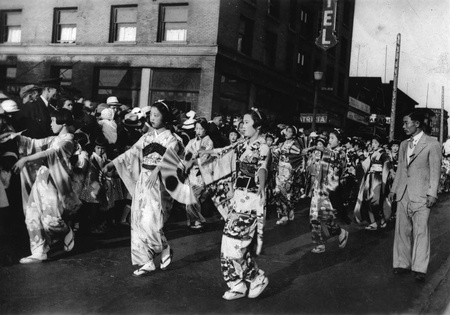
NI: What was the rationale behind the dispossession of JCs? I still personally struggle with why the Ibuki farm in Strawberry Hill was taken away from the family.
JRS: There was no rightful rationale for selling Japanese-Canadian-owned property.
By the time officials began forced sales of farms like the one you mention (summer 1943), the furor over the alleged security threat posed by Japanese Canadians had long past. No one imagined that the farms or houses that they had left behind (largely occupied by tenants) or warehouses of their personal belongings posed a threat. Instead, the interests of other British Columbians in acquiring the property, a scheme to settle returning soldiers on their lands, plans to redevelop the East End of Vancouver, the administrative difficulties of protecting the property of nearly 22,000 people, the mounting costs of the internment (which were to be defrayed by property sales), and the commitment of key British Columbia politicians to permanently exile Japanese Canadians from the province encouraged officials to decide to sell everything. These considerations had no rightful place in the discussion. The federal government had assumed control of Japanese-Canadian-owned property with a legally-binding promise to protect it in the interests of the owners. Officials had many reasons to sell, but none of them was justified.
NI: What were some of the more common reasons that the properties were sold?
JRS: From the government side of things, this was a very impersonal process. The sales became a matter of policy. Once officials decided to sell, they decided that everything would go. At that point, they didn’t consider specifics—the quality and character of property or its meaning to its owners. For me, this is one of the most heartbreaking aspects of this history. Japanese Canadians, of course, had very specific attachments to very specific property, and they wrote officials to inquire and to protest, asking why their personal belongings and homes had to be sold. The bureaucratic responses that they received are still very hard to stomach today, and I can only imagine what it was like to read them at the time.
NI: Besides opposition expressed by the owners themselves, did any of the political parties of the day or churches voice any concern?
JRS: There were voices of protest to the property sales, some at the time, some after the fact. I haven’t seen a great deal of evidence that political parties or church groups protested the forced sales of property while they were happening, although property was included in the wider set of concerns expressed in 1946–1947, as a coalition came together to protest the forced exile of Japanese Canadians to Japan. Interestingly, some of the most forceful condemnations of the forced sales at the time came from within the bureaucracy itself. For example, John Erskine Read, legal advisor for the Department of External Affairs and a very distinguished legal academic and later judge, severely criticized the government’s handling of property, which he saw as “abandoning completely” the principle of “fairness.” Emphasizing that Japanese Canadians were British subjects, Read wrote: “It strips them of every cent they may have in their pockets or in the banks, it takes the clothes off their backs and removes the tools of their trade; fountain pens from their pockets, books from their libraries; and hands them all over to the tender mercies of the Custodian.” He rightly pointed out that these actions had nothing whatsoever to do with security. Such voices were too few, however, and too little heeded.
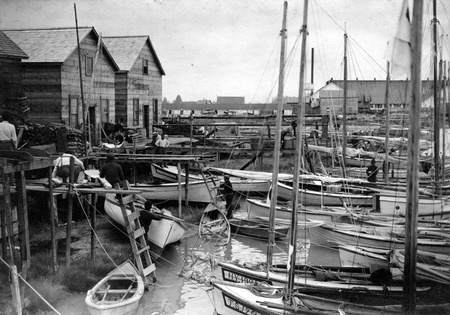
NI: What happened to the property of Japanese Americans who were interned?
JRS: Greg Robinson, who is connected with Landscapes of Injustice, knows the US comparison much better than I. He has explained that, while the Americans considered creating a custodial authority to deal with Japanese American property, in the end they balked at the idea. This meant that they never assumed “protective custody” and so they never faced the question of whether to sell or not. Nonetheless, Japanese Americans lost a great deal because of their incarceration and the opportunism of neighbours and others interested in their property. In the end I believe that only about 25 percent of Japanese American landowners were able to return to their property. His book on these matters available here >>
NI: Why was the ban on JCs returning to the BC coast in place until 1949, well after WW2 had ended? What was the specific intent of this? Did any Nikkei try to reclaim their property?
JRS: The details of the internment policy (such as the decision to extend it to 1949) are not the central focus of our research project, but Patricia Roy has a chapter on this topic in a book, Nikkei in the Pacific Northwest (edited by Louis Fiset and Gail M. Nomura), which may interest some of your readers—it crosses the Canada-US Border to consider the experiences of Nikkei people from a transnational and regional perspective. According to Roy, British Columbia MPs (rather than popular opinion or leadership in Ottawa) led the extension of the internment to the postwar period. She explains that British Columbia MPs offered “virtually unanimous” opinion that Japanese Canadians should not be permitted to return, and their activism in the House of Commons and in policy discussion resulted in the extension of the internment. These actions were harshly criticized by others; the Winnipeg Free Press, according to Roy, wrote that these actions had written “sheer racialism, the doctrines of Hitler…into the laws of Canada” (9 May, 1947, quoted in Roy).
The best documented case in which a Japanese Canadian did reclaim his property is the story of Zennosuke Inouye, a veteran of the First World War, who was able to reclaim his farm by convincing administrators of the Veteran’s Land Act (who were transferring Japanese-Canadian-owned land to veterans—see below) that his service should qualify him for this basic decency. This case has been documented by Peter Neary, in an article in the Canadian Historical Review.
NI: Is it true that most of the farms were given to returning WW2 veterans? Any truth to gossip I have heard over the years about Vancouver realtors being in cahoots with BC politicians for their personal gain?
JRS: It is true that almost 800 farms were transferred within the federal government, from the Custodian of Enemy Property, which was supposed to protect the property, to the Soldier Settlement Board/Veterans Land Act for distribution to returning soldiers. Our project is just now completing research that will allow us to track those properties after these transactions, to see what veterans did with the properties and how much they gained (and Japanese Canadians lost) from this action. We’ve traced property sales in Maple Ridge with an eye to these questions and will, within a year or so, be able to report more precisely on this.
Rumors about realtors and the corruption of politicians are more difficult to confirm in evidence. Certainly, some realtors gained. They earned fees for managing the properties before they were sold and then clamored (successfully) to represent them on the market once the policy changed to sale. Major real estate companies, such as the Pemberton Company in Vancouver, were involved in this process.
NI: Are there any dollar figures that you can share that relate to the community as a whole?
JRS: The best overall figures remain those of the Price Waterhouse Study, commissioned by the NAJC during the Redress movement, which estimated Japanese Canadian losses (including real estate as well as also losses of wages) at approximately $1 billion (2016 dollars). However, this estimate is very low. It considered the value of real estate in 1949, when the restrictions on Japanese Canadians were finally lifted. This approach made sense as part of Redress—it gauged values at the time when the federal policies ended in the context of a claim against that government. But in reality, given the choice, many Japanese Canadians would have held their property into the 1950s and even beyond, when property values in British Columbia skyrocketed.
Let me give you an example. One of the landmark buildings in the Powell Street neighbourhood, the Tamura Building, was sold by the custodian in March 1943, for a price of $31,500 ($453,886 in 2016 dollars). The site of the New World Hotel, business offices, and a street-level commercial strip, the building had been designed for Shinkichi Tamura by the architectural firm Townsend and Townsend after he purchased the property in 1912. The building was worth far more than its selling price. Shinkichi, who returned to Japan in the 1930s to pursue a political career, sold it to his son, Toru Tamura in 1936 for $75,550 ($1.3 million). Its sale by the Custodian thus came at a loss of more than $800,000 (2016); put otherwise, the Custodian sold the building for 35 percent of its purchase price 7 years prior. This difference was soon capitalized by the buyer. In 1959, the building sold again for $115,000 ($967,665), more than doubling the 1943 investment. No analysis to date has been able to capture these kinds of devaluations and benefits. Our project is working to be able to tell these individual stories as well as to provide a systematic analysis of these impacts across all properties. Stay tuned for more results on that front.
I’ve not found examples of malfeasance for personal financial gain. The sale of the farms to the VLA, at prices that officials knew were well below market value, was a form of corruption, but not to the personal financial benefit of any individual politician. Politicians gained politically from their role in the process. But we have not yet found clear evidence that they lined their pockets.
Our research collective is comprised of academic faculty and students, museum professionals, teachers, and community organizations. We have 15 partner organizations and dozens of collaborators across the country.
© 2016 Norm Ibuki


